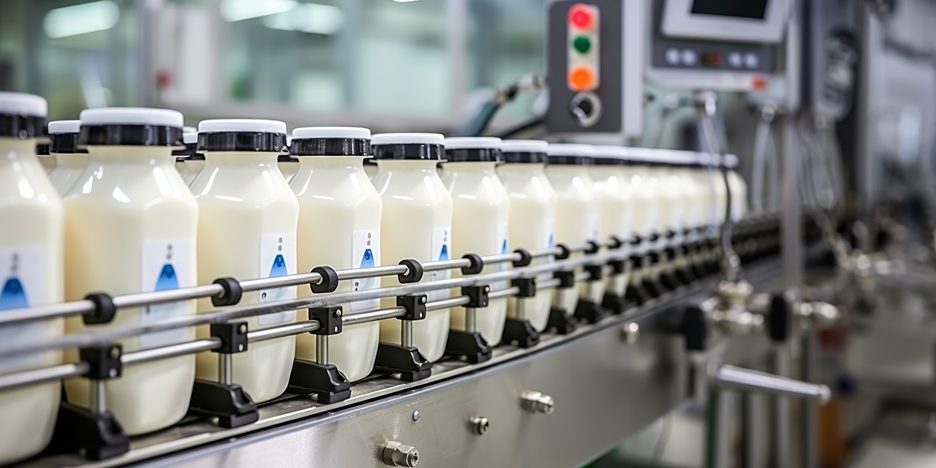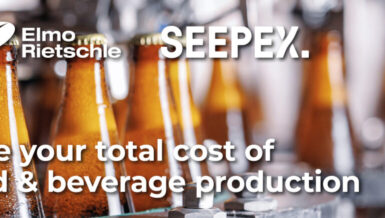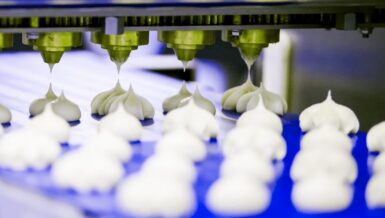Enhancing Food Safety
Pathogen Detection
Microfluidic pumps are essential in speeding up the detection of harmful pathogens like E. coli and Salmonella. By precisely dispensing reagents, antibodies, or DNA probes into diagnostic systems, they enable fast and accurate identification of contaminants—especially in perishable items like dairy.
Toxin Screening
In advanced analytical tools like liquid chromatography and mass spectrometry machines, microfluidic pumps transport samples with pinpoint accuracy. This allows for the detection of dangerous toxins such as pesticides and mycotoxins, helping prevent foodborne illnesses and ensuring consumer safety.
Allergen Presence
To protect consumers with food sensitivities, microfluidic pumps are used to deliver enzymes and reagents that test for allergens like gluten, soy, dairy, corn, and histamines. This ensures that products are safe for everyone to enjoy.
Safety Regulations
Regulatory bodies like the FDA and USDA enforce strict limits on chemical residues in food. Microfluidic pumps help manufacturers meet these standards by delivering precise volumes of samples to instruments that detect antibiotics, pesticides, and other regulated substances.
Testing Costs
Traditional food safety testing can be expensive and wasteful. Microfluidic systems reduce both cost and waste by using minimal sample volumes and reagents, streamlining the testing process while maintaining high accuracy.
Quality Control & Stability
Consistency
Microfluidic systems offer precise control over fluid and gas flow at the microscale—and even nanoscale when using advanced technologies like Fluid Metering’s TRYTON. This precision enables consistent ingredient dosing and uniform particle dispersion, which helps maintain product homogeneity and prevents issues like clumping or uneven mixing.
Texture
Microfluidic pumps are also used to engineer novel food textures by controlling the formation of gels, foams, and emulsions:
- Gels – Enable controlled gelation for smooth, creamy desserts and fruit-based gels
- Foams – Facilitate air injection to create light, airy textures in mousses and whipped toppings
- Emulsions – Maintain precise oil-water balances for stable, smooth condiments like mayonnaise and salad dressings
Additionally, microfluidic pumps can dispense liquids into density meters to ensure that beverages—such as wine— meet specific alcohol content and consistency requirements.
Flavor Delivery
Flavor consistency is enhanced through the controlled release of encapsulated ingredients. Microfluidic pumps enable the precise dosing of flavor compounds—such as encapsulated vanilla or citrus oils—ensuring that taste is evenly distributed throughout the product. This is similar to how flavor beads in chewing gum release bursts of taste as the consumer chews.
Nutrient Delivery
Just like flavors, nutrients can be encapsulated and delivered with precision. Microfluidic pumps support the encapsulation of bioactive compounds—such as essential oils, vitamins, and probiotics—into nano-sized particles. These encapsulated nutrients remain stable during storage and are released in a controlled manner, ensuring effective delivery to the consumer.
Stability
Some foods have short shelf lives or require specific functional properties. Microfluidic pumps help adjust viscosity and other characteristics by accurately dosing structural additives. For example, measuring the viscosity of cheese with a rheometer and testing its melting point can confirm whether the correct amount of stabilizers or additives was used during production.
Packaging
Packaging is a critical step in preserving the quality and safety of food and beverages. Microfluidic pumps play a key role in this final stage by enabling accurate dosing and spraying during bottling, canning, and sealing processes.
- Aroma Enhancement – In products like coffee, aromatic compounds are sprayed into packaging just before sealing to enhance the consumer experience. Without this step, the aroma would only be released during brewing.
- Preservation – In beverages such as wine, micro-dosed nitrogen is added to bottles to slow oxidation, prevent premature aging, and preserve flavor integrity.
Future Prospects
Personalized Nutrition
Looking ahead, microfluidics could enable highly personalized nutrition. Imagine custom protein shakes, smoothies, or supplements tailored to individual health profiles. By analyzing consumer data, researchers could identify nutrient deficiencies or excesses and adjust formulations accordingly, delivering targeted health benefits on demand.
Scaling Food Processing
Researchers, food scientists, and engineers are constantly cooking up new ways to push the boundaries of microfluidics in the food and beverage industry. While scaling food processing lines remains a challenge to some, Fluid Metering pumps help maintain throughput and consistency while aiding in regulatory compliance the whole way through. Our compatible technology and software can easily integrate with many existing forms of equipment.
Scaling up food production while maintaining quality and compliance is a major challenge. Microfluidic pumps from Fluid Metering help overcome this by ensuring consistent throughput and seamless integration with existing equipment. Their compatible technology and software make them ideal for supporting large-scale operations without compromising on safety or performance.
Serving Up the Best Solutions
At Fluid Metering, we’re committed to helping food and beverage innovators find the perfect pump solution for their unique applications. Our engineer-to-engineer support team is ready to collaborate with you to enhance food safety, improve product quality, and optimize packaging processes. Contact us today to discover how our microfluidic technology can bring fresh, reliable solutions to your production line.











